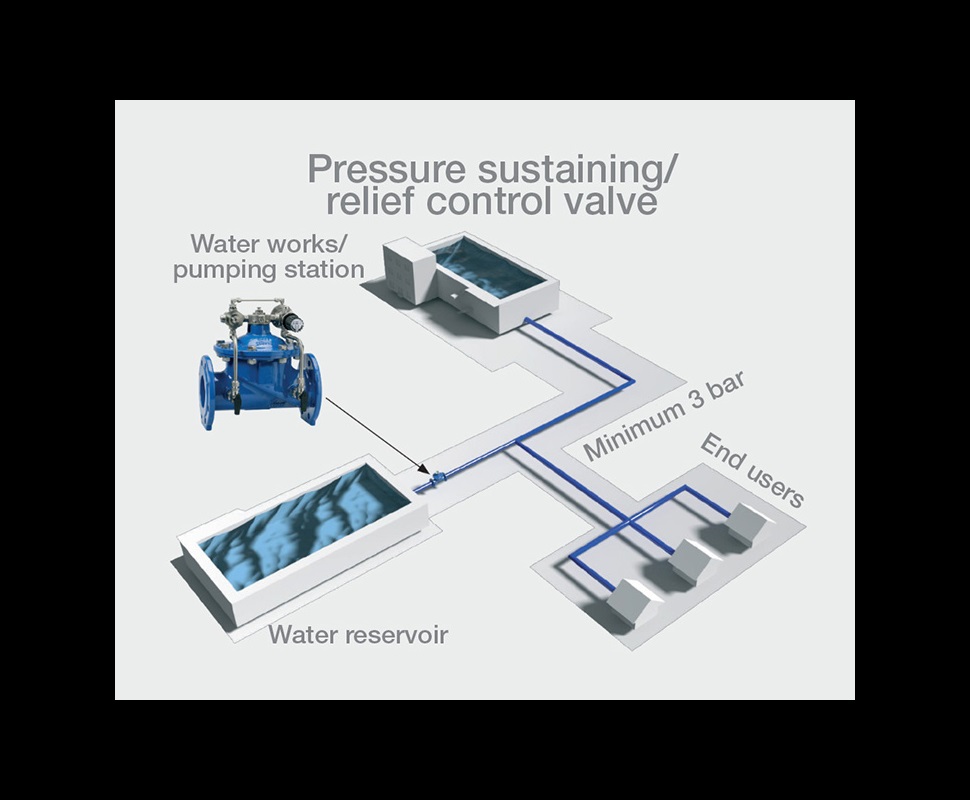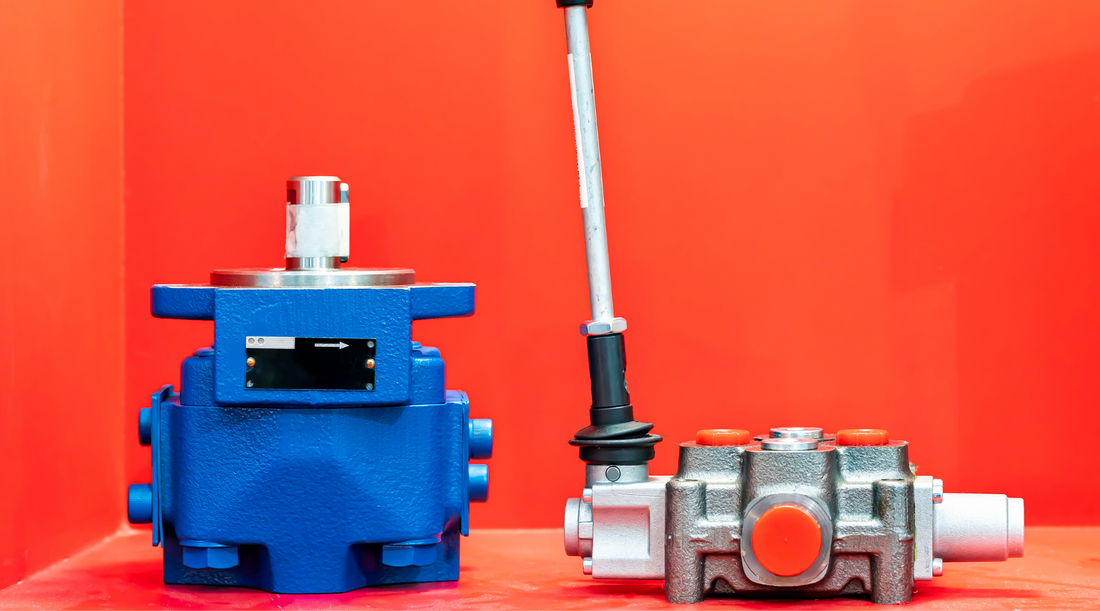
Maximize Energy Cost Savings and Comfort With Advanced Building Automation Controls
In the world of contemporary design and facility management, the assimilation of sophisticated building automation manages stands as an essential development. The convergence of innovation and sustainability has birthed a brand-new age where energy effectiveness, comfort optimization, and operational streamlining are no more achievable facts however far-off goals. By utilizing the power of automation, buildings can adjust, respond, and develop in manner ins which were once unimaginable. The possibility for significant energy cost savings and improved convenience is not simply a possibility however a guarantee waiting to be met. This paradigm change in structure monitoring holds the essential to unlocking a globe where environmental conscientiousness and owner wellness harmoniously exist together within the wall surfaces of our structures.
Energy Effectiveness Perks
Energy performance benefits can dramatically decrease energy intake and functional costs in structures. Energy-efficient systems, such as advanced building automation controls, can maximize the usage of sources like lighting, heating, and air conditioning, leading to reduced power costs over time.
In addition, boosted power efficiency can lengthen the life-span of building tools and systems. By running much more efficiently, heating and cooling systems, lighting fixtures, and other structure components experience much less deterioration, resulting in reduced upkeep and replacement costs. Furthermore, energy-efficient buildings typically regulate greater home worths and rental rates, providing lasting economic benefits to proprietors.
Moreover, energy efficiency can boost resident convenience and efficiency. Properly controlled indoor environments with optimum lighting and thermal problems create an even more helpful and enjoyable workspace, resulting in boosted employee satisfaction and performance. Overall, the power efficiency benefits connected with advanced structure automation controls are multifaceted, including cost savings, ecological stewardship, and owner well-being.
Boosted Comfort Control
Enhancing convenience control in structure atmospheres calls for a sophisticated assimilation of advanced automation systems for optimal occupant health. By utilizing sophisticated structure automation controls, centers can tailor the interior atmosphere to fulfill the specific requirements and preferences of occupants. These systems allow accurate policy of ventilation, temperature level, and lighting, creating a productive and comfortable environment. Owner contentment and efficiency are very closely connected to thermal convenience, making it vital to have systems in position that can adapt to altering problems in real-time.
Improved convenience control exceeds basic temperature adjustments. It includes features such as personalized setups, occupancy sensors, and all-natural light application to produce a responsive and vibrant atmosphere. By integrating these advanced controls, structures can not only improve comfort yet likewise enhance power performance by enhancing system procedures based on real occupancy and usage patterns. Inevitably, prioritizing resident comfort with innovative automation systems brings about a more enjoyable and much healthier indoor atmosphere.
Functional Efficiency Improvements

Furthermore, the execution of real-time monitoring and analytics devices allows building drivers to determine power inadequacies and operational abnormalities quickly. By continually checking energy usage patterns and system efficiency metrics, changes can be made in real-time to enhance energy usage and make certain peak operational performance. control valves. Additionally, incorporating demand feedback strategies into building automation controls can better enhance functional efficiency by dynamically changing power use based upon grid problems and rates signals
Indoor Climate Optimization
Effective interior environment optimization is a basic facet of structure automation controls, making certain residents' comfort and wellness while optimizing power savings. By utilizing sophisticated sensors and controls, developing automation systems can constantly change and keep an eye on temperature level, moisture degrees, air top quality, and air flow to develop an optimum interior atmosphere. Keeping comfy and constant conditions not only boosts owner satisfaction but also boosts efficiency and total wellness.
Indoor climate optimization also plays an important duty in power effectiveness. By fine-tuning air conditioning, you could look here home heating, and ventilation systems based upon real-time information and occupancy patterns, constructing automation controls can substantially lower power usage - control valves. Implementing methods such as demand-controlled ventilation and thermal zoning can assist minimize power waste while guaranteeing that each area of the structure gets the necessary conditioning.

Lasting Setting Development
Building automation regulates not just maximize indoor climate conditions for energy efficiency and passenger comfort however likewise lay the structure for producing a lasting environment via strategic monitoring of resources and systems. By incorporating innovative structure automation innovations, such as sensors, actuators, and intelligent software, centers can monitor and change power usage in real-time to minimize waste and reduce their carbon impact. These systems make it possible for anticipating maintenance, determining potential concerns prior to they escalate and enhancing equipment efficiency to improve longevity and efficiency.
Moreover, lasting atmosphere creation expands past energy monitoring to incorporate water preservation, waste decrease, and indoor air quality renovation. Building automation controls can manage water usage, identify leaks, and guarantee proper garbage disposal methods, adding to general sustainability initiatives. Furthermore, by checking and managing ventilation and filtration systems, these modern technologies improve resident wellness and productivity while reducing energy usage connected with cooling and heating operations.
Verdict
Finally, advanced structure automation controls deal substantial benefits in regards to energy savings, comfort control, functional performance, indoor climate optimization, and producing a lasting atmosphere. By applying these controls, buildings can accomplish optimum performance while decreasing power intake and improving passenger comfort. It is obvious that the usage of advanced automation innovation is important in boosting structure efficiency and developing a more sustainable future.
Energy effectiveness benefits can dramatically decrease energy usage and operational expenses in buildings. Generally, the power performance benefits associated with sophisticated structure automation controls are complex, encompassing expense savings, ecological stewardship, and occupant well-being.
In addition, integrating demand response approaches right into structure automation controls can additionally improve operational efficiency by dynamically readjusting power usage based on grid problems and prices signals.
Building automation regulates not only optimize interior climate conditions for power performance and passenger comfort but also lay the foundation for producing a sustainable setting with calculated management of resources and systems.In conclusion, progressed building automation controls like it deal significant advantages in terms of energy savings, convenience control, operational efficiency, interior climate optimization, and producing a lasting atmosphere.